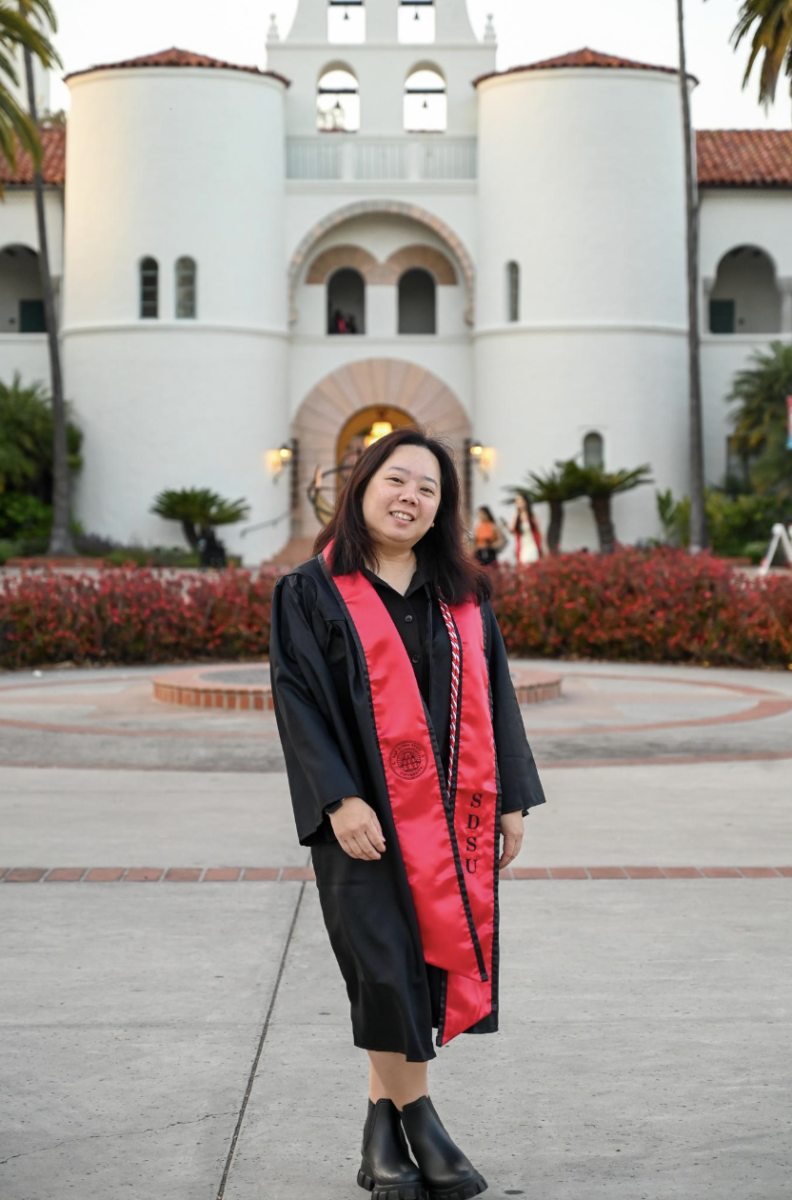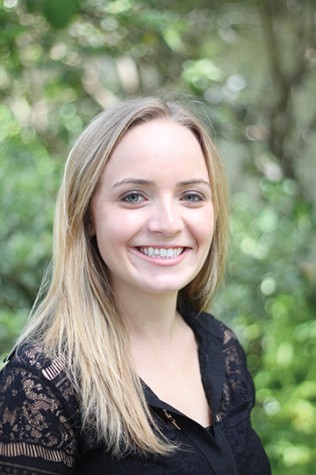Remembering my past experiences with class registration at San Diego State, one thing comes to mind: the gut-wrenching feeling of panic when registration opens and all of the seats in your wish list classes vanish. We do our best to have backup plans, ask friends to hold seats and desperately crash class after class, but it’s not always enough. It’s tedious and stressful, but no one seems to know a better way of handling the competing interests of 28,558 undergrads.
This past registration, I took part in the particularly maddening experience of junior level registration. While it wasn’t as bad as it could have been—not as bad as sophomore registration—I was still left with only a bare semblance of my original wish list, and was forced to crash three classes. It leads me to question if this is really the only way.
Well, it turns out it kind of is. At least it is at schools with limited resources and too many people. When I started researching this story, I had the intention of revealing the deep, dark corrupt ways the school was working against us and ripping off hard working, tuition-paying students. Instead, I learned that even though registration is terrible, SDSU attempts to make the best of a bad situation.
“Our registration system is homegrown—we built it,” Assistant Vice President of Academic Affairs Sandra Cook said. “It could be modernized a bit, but the functionality is pretty good.”
She wasn’t lying. According to SDSU NewsCenter, a study done by The Chronicle of Higher Education ranked SDSU as No. 1 in improved 6-year graduation rates. Cook explained this road to improvement began with former SDSU President Stephen L. Weber when he prioritized class sections in the campus budget.
“It may not be what time you want it,” Cook said. “But the classes you need for your major will be there.”
Although the same cannot be promised for general education requirements, SDSU grants freshmen priority registration for their first two semesters. Ideally, this motivates freshmen to take as many required classes as possible during that time. While it may not be perfect, it’s a valid effort by the school administration to regulate a fair and clear path toward graduation, while still functioning with a very strict budget. Other schools in California have tried unsuccessfully to find their own solutions to the registration dilemma. University of California Santa Barbara and UC Riverside both utilize a system that allows students to register in cycles. During the first cycle, students are only allowed to register for up to 12 units. Once students receive this opportunity, the cycle recurs to allow students to add more. This method may be more equitable, but it too cannot guarantee the perfect fit for everyone.
It comes down to the understanding that there is going to be competition for the best classes and everyone cannot be perfectly happy with their schedules. If we accept this fact, there is only one other way to change the registration process. We could accept the fact registration will always be incredibly frustrating for those at the bottom of the totem pole and create a new way to decide who’s at the top.
I don’t deny the need for priority registration for a select few, but for the rest of us common folk, there is no need for a unit-based hierarchy. Innovative thinking about the issue could allow for more personal control of a tough situation. For example, if registration times were based on student GPA, high–achieving students could be rewarded for their hard work, while those who didn’t do as well would have an incentive to do better next time. Is it a little harsh? Kind of, but at least we would have someone to blame besides the school. Students would know that if they wanted to change things, they had the power to do so.
An incentive-based ranking still wouldn’t solve all of our registration woes. Obviously, there would still be many people struggling to get classes. However, it’s a new way to look at a problem with no easy solution. The school is doing all it can to make the best of a bad situation and now it’s time for students to see how they can make a difference in their own academic futures. The only solution for an impossible situation is to expand the ways we look at the problem. Registration frustration isn’t going anywhere, so let’s try a new approach.








